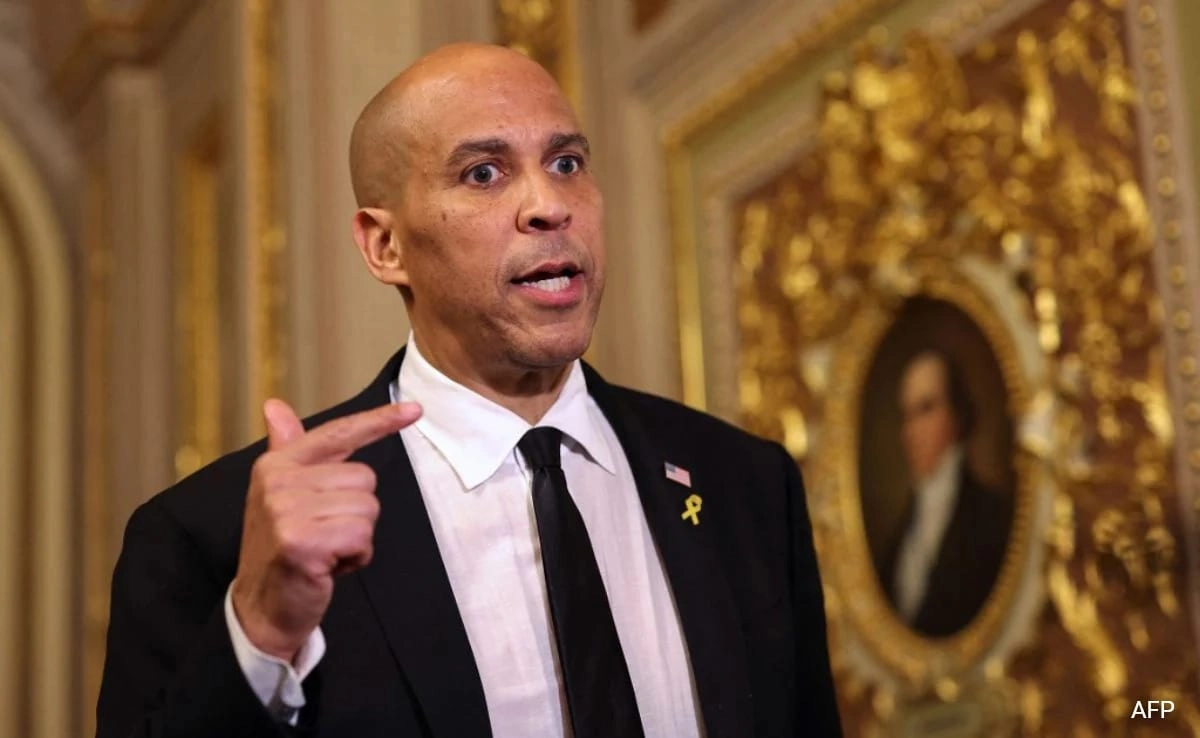Amazon’s partnership with Stellantis for in-car software solutions is reportedly “winding down,” signaling a significant shift in the collaboration between the two companies. This alliance was initially formed with high expectations, aiming to integrate Amazon’s advanced technology and software capabilities into Stellantis vehicles. The goal was to enhance the driving experience, offering features like improved infotainment systems, voice recognition, and connected services that would seamlessly integrate with Amazon’s ecosystem. However, as the collaboration progressed, it appears that both parties have reassessed their strategic priorities, leading to the decision to scale back their partnership.
The winding down of this deal may be attributed to various factors, including evolving market dynamics and the automotive industry’s rapid transformation towards electric vehicles and autonomous technologies. Stellantis, which emerged from the merger of Fiat Chrysler Automobiles and PSA Group, may be refocusing its efforts on developing in-house technology solutions that align more closely with its long-term vision. As the automotive sector faces increasing competition and regulatory pressures, companies are compelled to innovate quickly and efficiently, which sometimes necessitates a reevaluation of external partnerships.
From Amazon’s perspective, this shift could also reflect a broader strategy to explore alternative avenues for growth within the automotive sector. The tech giant has been investing heavily in various aspects of technology, including artificial intelligence and cloud computing, which are integral to the future of in-car technology. By stepping back from the Stellantis partnership, Amazon might be positioning itself to pursue new opportunities that align better with its strategic goals. This could involve collaborating with other automakers or focusing on developing standalone products and services that enhance the driving experience independently of traditional automotive partnerships.
Ultimately, the decision to wind down the collaboration between Amazon and Stellantis underscores the complexities of the automotive landscape and the challenges that arise when integrating technology into traditional manufacturing processes. As both companies navigate the future of mobility, they will need to adapt to changing consumer preferences and technological advancements. While this partnership may be coming to an end, it will be interesting to observe how both Amazon and Stellantis evolve in the competitive automotive market and what new strategies they may implement moving forward.




